What Is WooCommerce? A Guide to This Free WordPress Plugin
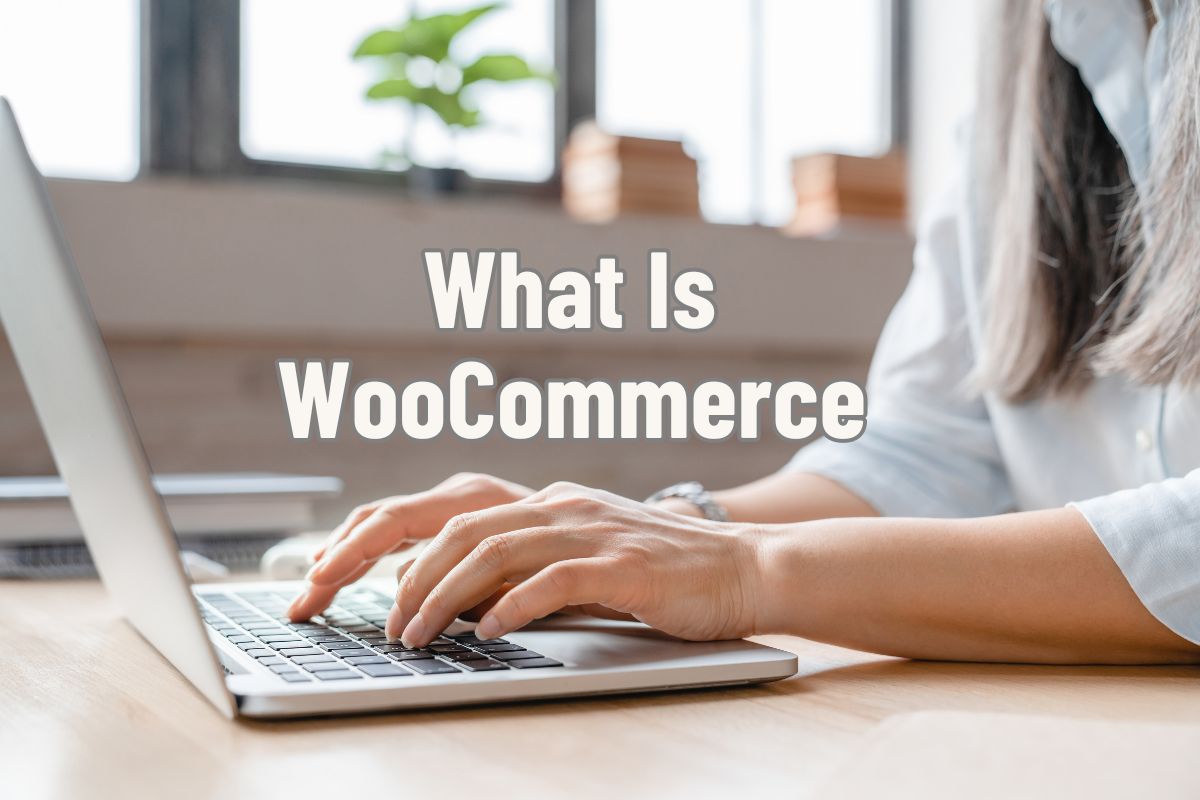
When it comes to setting up an online store, various platforms can help. Among them, WooCommerce stands out due to its versatility and flexibility.
WooCommerce is a well-known plugin for WordPress, one of the most widely used content management systems (CMS). As long as you set up WordPress, it only takes a few minutes to create a WooCommerce store.
Additionally, WooCommerce provides a lot of extensions and themes. With them, you can add more functions to your store. Starting, managing, and scaling a store is easy with WooCommerce. This is one reason why it has been the go-to choice for many e-sellers.
According to a study, WooCommerce has a market share of 39% in the world in 2023. Its users have been more than 14 million in the same year.
If you are not familiar with WooCommerce, this article will give you an introduction to it. Keep reading to learn about what is WooCommerce, how it works, and how to use it.
What is WooCommerce?
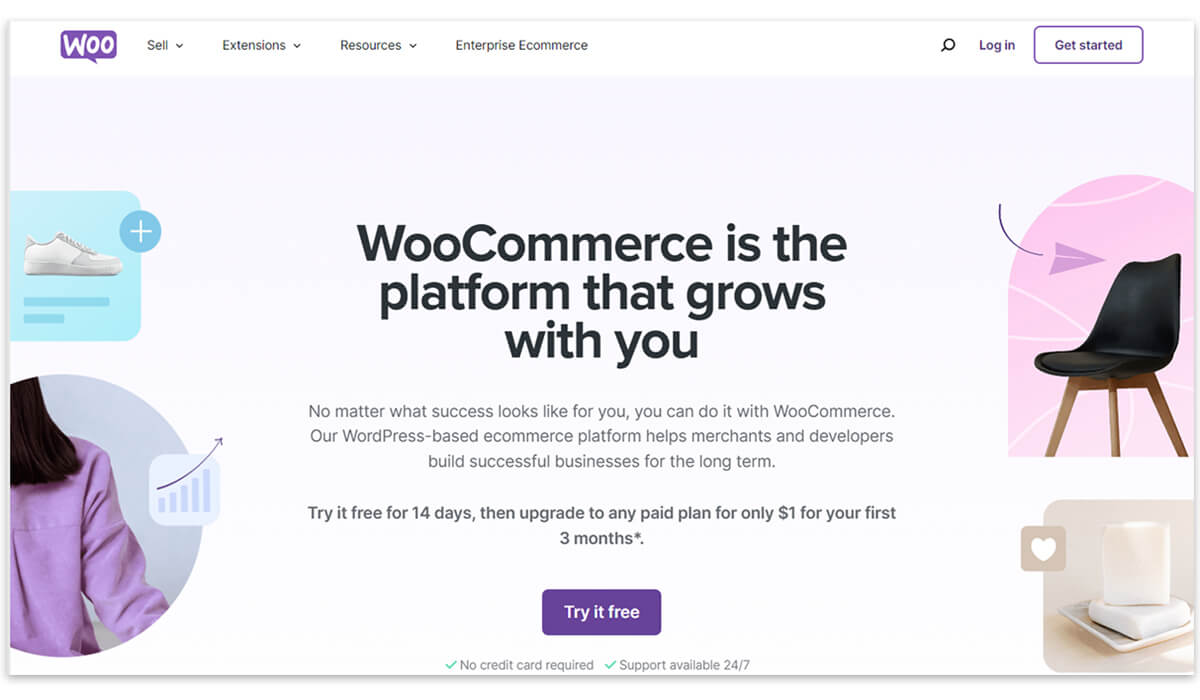
WooCommerce is a popular open-source e-commerce plugin designed for WordPress. It is owned by Automattic, the company behind WordPress.
WooCommerce seamlessly integrates with the WordPress platform. This means you can also use tools from WordPress to add functionality to your store.
WooCommerce allows you to easily manage products, handle orders, configure shipping and tax settings, and provide various payment methods.
One of the most incredible features of WooCommerce is that it offers various extensions and themes. You can use these tools to customize your store and further enhance its functionality.
How does WooCommerce work?
WooCommerce provides various features to build up an e-commerce store on a WordPress website. Here are some important features that make it work.
Product management
WooCommerce allows you to add and manage products. You can create product pages, add descriptions & images, set prices, and manage inventory. The plugin supports multiple product types, including physical products, digital downloads, and virtual products.
Shopping cart and checkout process
WooCommerce adds a shopping cart and checkout functionality to your website. Customers can add products to their cart, review their order, and proceed to the checkout page. The checkout process includes options for shipping and payment.
Payment gateway integration
WooCommerce supports a wide range of payment gateways, such as credit cards, PayPal, Google Pay, and so on. You can choose the payment methods that best suit your business and customer preferences.
Shipping configuration
On WooCommerce, you can configure shipping options, set up shipping zones, and define shipping rates based on various criteria. This allows for flexibility in handling shipping costs and methods.
Themes and design
WooCommerce seamlessly integrates with various WordPress themes. You can choose a theme that suits your brand and customize the design to create a visually appealing and user-friendly online store.
Extensions and plugins
WooCommerce has a vast ecosystem of extensions and plugins. They cover aspects such as store management, marketing, customer service, and more, providing you with the flexibility to add features as needed.
Data analysis
Getting insights into your store performance is possible with WooCommerce. It permits you to view sale volume, orders, and the top products and categories you sell. This is beneficial to optimize your store and drive more sales.
Is WooCommerce free?
WooCommerce is a free and open-source software. You can download and install it without any cost. But starting a WooCommerce store still incurs some fees. For example, you need to purchase a domain, hosting, and an SSL certificate. Some themes and extensions may be charged additional fees. Besides, the payment gateways can also charge transaction fees for processing payments.
What can you sell with WooCommerce?

WooCommerce is a versatile e-commerce platform that lets you sell a wide range of products and services. Here’s a list of things you can sell with WooCommerce.
Physical products
Sell tangible goods such as clothing, electronics, books, furniture, and more. WooCommerce supports the management of inventory, shipping, and various product variations.
Digital products
Offer downloadable products such as e-books, software, music, videos, and other digital files. Customers can purchase and download these products directly from your website.
Virtual products
Sell services, memberships, or access to online content. This can include online courses, consultations, subscriptions, or any service that doesn’t involve physical delivery.
Subscriptions
Set up recurring payments for subscription-based products or services. This can be used for subscription boxes, premium content access, or any other recurring billing needs.
Event tickets
Sell tickets for events, conferences, workshops, or any type of gathering. WooCommerce can handle event ticketing with various plugins and extensions.
Pros and cons of WooCommerce
Now you probably have a general idea of what WooCommerce is and its key features. Should you sell on WooCommerce?
To help you make an informed decision, let’s dive into the pros and cons of this platform.
Pros:
- Cost-effective: WooCommerce is free and open-source. So you can download and use it at no cost.
- Integration with WordPress: Seamless integration with WordPress allows for easy website management.
- Flexibility: WooCommerce is highly flexible. It offers you plenty of themes and plugins to customize the appearance and functionality of your online stores.
- Wide selection of extensions: An extensive library of extensions and add-ons provides additional features and integrations to meet your specific needs.
- Large community support: A large and active community of users gives support through forums, documentation, and tutorials.
Cons:
- Learning curve for beginners: If you are not familiar with WordPress, you may experience a learning curve when setting up and configuring WooCommerce. Some advanced features even need coding knowledge.
- Dependency on WordPress: Being a WordPress plugin means that WooCommerce is dependent on the WordPress platform. Changes or issues with WordPress can impact WooCommerce functionality.
- Additional costs for extensions: While the core WooCommerce plugin is free, some extensions and premium features may come with additional costs.
- Slow down your website loadup: WooCommerce itself is not enough for operating a store. Other plugins and extensions are required to ensure optimal performance of your website. But more plugins can result in slow website loadup.
How to sell on WooCommerce?
If you decide to start a WooCommerce store, you can take these steps for reference.
1. Choose WordPress hosting and a domain
WordPress hosting is a web hosting service that is tailored for WordPress websites. Popular options include Bluehost, SiteGround, DreamHost, and HostGator. When you choose a hosting service, consider factors like server performance, customer support, pricing, and scalability.
As for the domain name, remember to keep it relevant to your niche and easy to remember. You can register a domain through your hosting provider or a dedicated domain registrar like Namecheap, Google Domains, or GoDaddy.
2. Set up WordPress
Most hosting providers offer a one-click WordPress installation process. It takes a few minutes to set up your WordPress website. After purchasing a hosting plan, log in to your hosting account, find the WordPress installation option, and follow the prompts. Once installed, log in to your WordPress dashboard. This is where you’ll create a WooCommerce store.
3. Install WooCommerce
You need to install the WooCommerce plugin to add e-commerce functionality to your WordPress site. This involves 4 steps.
1)Go to the WordPress dashboard,
2)Navigate to “Plugins” > “Add New,”
3)Search for “WooCommerce,”
4)Install and activate the plugin
If “WooCommerce” has been displayed on the left sidebar of WordPress, you can directly click it to start your store.

4. Set up Your WooCommerce Store
After you launch the store, you need to set it up to make it work smoothly. This includes setting up shipping zones, payment methods, taxing, and more. Click “Settings” under “WooCommerce”, and then click each part to finish the setup.
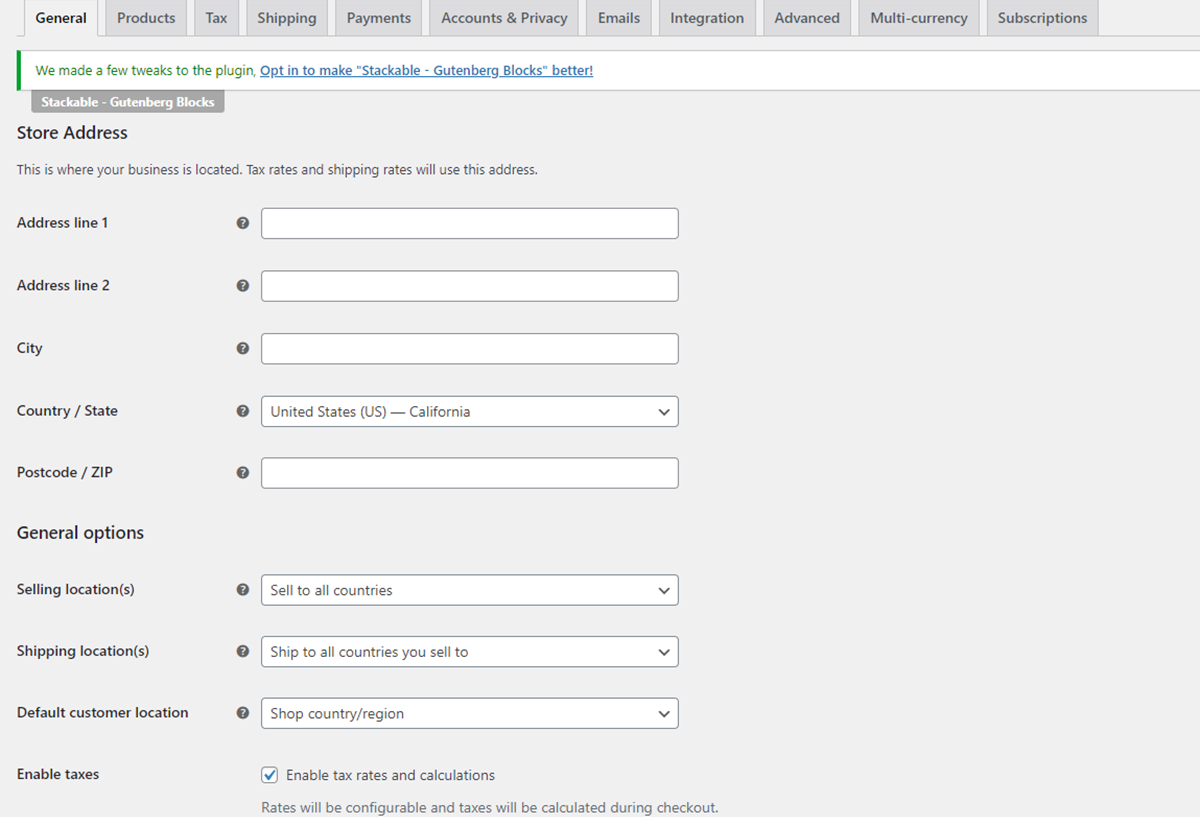
5. Add products
Adding products is a crucial step to sell on WooCommerce. After you find winning products worth selling, the process is straightforward.
1)Click “Products” on the left sidebar of WordPress.
2)Select “Add New”
3)Adding product information including the product name, price, inventory, description, and images.
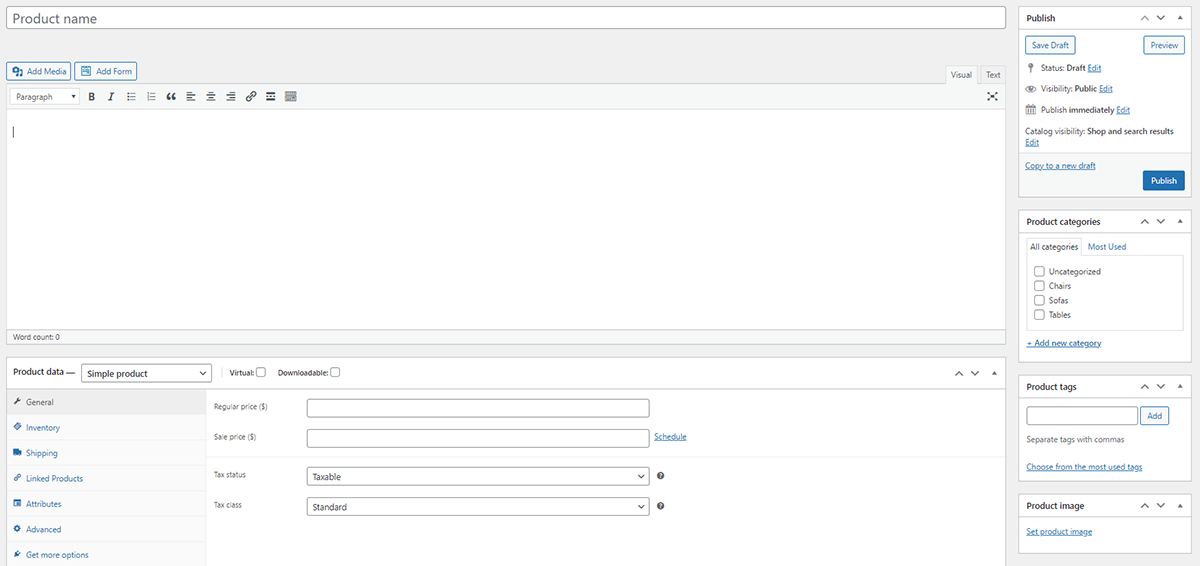
The good news is that you don’t have to add products manually. Sup Dropshipping can help you import products from famous marketplaces and selling platforms with a few clicks. Learn about how to work with Sup.
6. Customize your store with themes
Now you have several or more products in your store. You can get a sense of how it would look like. Adding a theme will make it more visually appealing.
WooCommerce offers a ton of free and paid themes to decorate a store. If you are on a tight budget, you can choose a free theme. The theme should correspond to your business. If you sell clothing, a clothing related theme might perform better than a service focused theme.
Alternatively, you can adopt a theme from WordPress. There are thousands of in-built themes available on WordPress. They are easy to integrate with WooCommerce. Just click “Appearance”> ”Themes” to choose the one right for you.
7. Add plugins to enhance your store
Your online store may need some plugins to extend its features and capabilities. Both WooCommerce and WordPress have various extensions and plugins to choose from.
Examples of essential plugins include those for payment gateways, shipping options, SEO optimization, and marketing tools. You can also address security concerns with plugins like Wordfence Security, and gain insights through analytics plugins like WooCommerce Google Analytics. Thoroughly test your store post-installation in case of some errors. Meanwhile, keep your plugins updated for continuous improvement.
FAQs
1. What is WooCommerce used for?
WooCommerce is a WordPress plugin used for creating online stores. It can transform a standard WordPress website into a fully functional eCommerce store. With WooCommerce, sellers can sell different types of products including physical products, digital downloads, services, and subscriptions. They are also allowed to manage inventory, handle payments, and facilitate shipping in one dashboard.
2. What is the difference between WordPress and WooCommerce?
WordPress is a content management system that is used to create and manage websites. It provides a platform for building and designing websites of various types.
On the other hand, WooCommerce is a plugin specifically focused on e-commerce functionality. It integrates seamlessly with WordPress, enabling users to add online store capabilities to their websites.
In a word, WordPress is a broader platform for website creation, while WooCommerce is a tool for building online stores within the WordPress framework.
3. How much does WooCommerce cost per month?
WooCommerce is free to install. However, starting a WooCommerce store may incur other fees. For instance, you need to pay for the hosting service and the domain name. Some themes or plugins can be charged additional fees too.
4. Can you dropship with WooCommerce?
Dropshipping is possible with WooCommerce. Dropshipping is a business model where you sell without inventory. When a sale occurs, your supplier fulfills the order on your behalf. If you want to streamline your dropshipping process, you can work with Sup Dropshipping.
Sup Dropshipping is one of the best dropshipping suppliers with years of experience. Our platform can easily integrate with WooCommerce and automate the fulfillment. With a vast network of manufacturers and wholesalers, we give you access to a variety of products at affordable prices. Learn more about us.
5. What is the difference between Shopify and WooCommerce?
Both Shopify and WooCommerce are e-commerce platforms for building online stores, but they differ in several aspects.
Shopify is a hosted solution. It provides an all-in-one package that includes hosting, security, and a range of built-in features. It’s user-friendly but has ongoing subscription costs.
On the other hand, WooCommerce is a plugin for WordPress, providing more flexibility and customization options. You need to arrange the hosting and manage security but have greater control over the website’s design and functionality.
The choice between Shopify and WooCommerce often depends on factors like your budget, technical proficiency, and other specific requirements.
Conclusion
WooCommerce is a popular plugin for websites that are powered by WordPress. It enables you to start, manage, and scale an online store withou too much efforts.
WooCommerce permits various types of products including physical products and digital goods. Additionally, it provides plenty of plugins and extensions to optimize your store performance.
The easiest way to sell on WooCommerce is dropshipping on it with Sup Dropshipping. In the dropshipping business, we handle almost everything for you, which spans from sourcing to shipping. Unlike most dropshipping suppliers, we also give you various customization options to build your brand.
Contact us to start your WooCommerce dropshipping business now!
About the Author

May
May is a blogger at Sup Dropshipping with over 5 years of experience in eCommerce. May’s passion for eCommerce drives her to stay updated on the latest trends and share her expertise with you through her blog. In her spare time, she likes to read a novel or chat with friends.




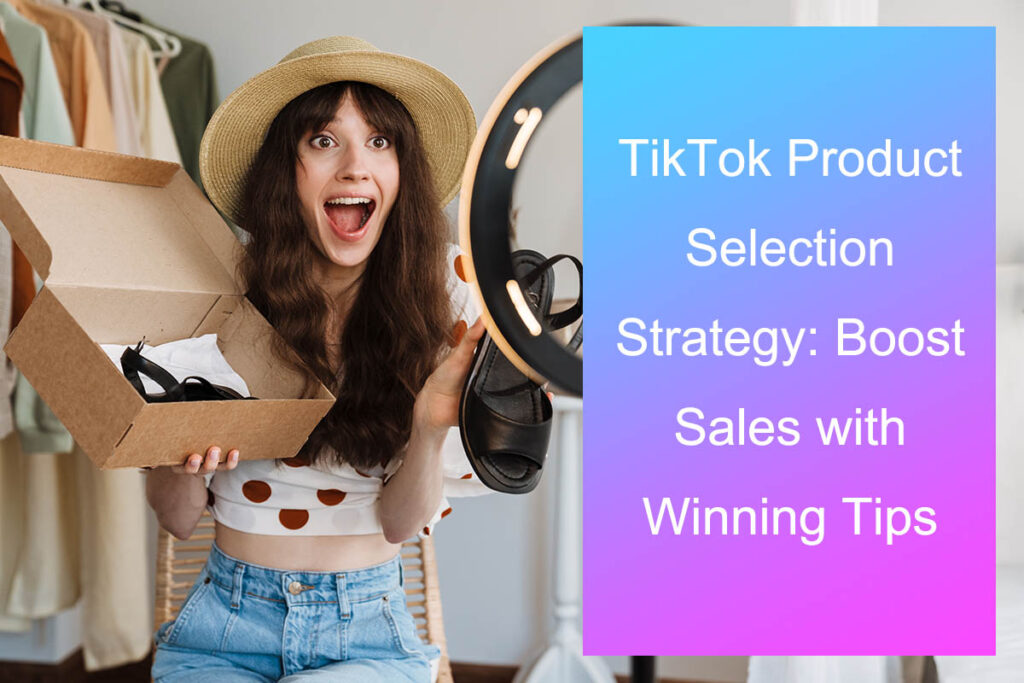
Leave a Reply